When it comes to history of Ancient Egypt , its customs, its life , its belief system I mythology, you may easily write thick volumes after volumes. The history breakdown, the 33 dynasties of great kings, is a subject on different post. well, today we are going to focus only on one aspect of life in Ancient Egypt. The polytheistic belief system, the mythology, and the Gods, so present in every sphere of a daily life.
Egypt – “gift of the Nile”
Ancient Egypt only partially covers the territory of today’s United Republic of Egypt. In ancient times, it covered almost exclusively the valley and delta of the Nile. It was divided into two lands: Lower Egypt (river delta) and Upper Egypt (river valley). Almost three-quarters of the cultivated land area was in the delta area. This resulted in a greater population of this area. The rhythm of life in Egypt depended on the floods of the Nile. The river also influenced the harvest and crops management. The failure of that part resulted directly in hunger. The fertility of the fields depended on their proper irrigation, as well as the ability to drain excess water. For this purpose, an irrigation system was used which consisted in building a network of drainage channels. The Nile provided the basic necessities of life: water and food. Moreover, the Nile was one of the most important transport routes at that time. Consequently, without any exaggeration, the phrase of Egypt being “the gift of the Nile” has a perfect sense the basis of the economy was agriculture, determined to a large extent by the water system. In addition to vast grain production (barley, millet, wheat), the Egyptians also grew vegetables (cucumbers, onions, garlic, turnips, peas) and fruit (dates, figs, olives). They also developed almost all kinds of crafts and processing known in antiquity: masonry, metallurgy, weaving, pottery, wicker, arts and crafts and papyrus reed processing. They also exploited metal and precious stones from their mines: gold, copper, tin, lead, and iron.
Ancient Egypt History – Outline
The history of ancient Egypt spans over 3,000 years. The political history actually begins in 3100 BC, when the united Egyptian state was established. The first ruler of a united Egypt (understood as Lower Egypt and Upper Egypt) according to tradition and according to the accepted theory was to be Menes. In 332 B.C.E. this country was conquered by Alexander of Macedon. In 31 BCE, after its defeat at the Battle of Actium, Egypt became one of the many provinces of Rome.
This of course is extreme brief history of the Ancient Egypt , because the full one, is a subject for a completely different subject.
Faith:
Faith played a particularly important role in ancient Egypt, both in the state and individual life of each member of society. Many outstanding pharaohs, from the very beginning of their reign, thought about securing themselves for the future, for the eternal life, by building great burial sites, like the pyramids and erecting temples to their favorites Deities . In the lives of ordinary people, religion, faith in gods, in their constant influence on earthly life, was extraordinarily strong. Every aspect of daily life, work, family, was strictly connected to main or secondary gods. There was a prayer, a psalm of a blessing, almost for everything. Each action had a divine sign, and was dependent on the gods, their will and character.
The ancient Egyptians worshiped natural forces, parts of the universe, kings, local heroes, and foreign deities. Initially, the gods were depicted in the form of animals, inanimate objects, people or in semi-human forms. Before unification into one state (merger of Lower Egypt with Upper Egypt), there were many independent centers of religious worship. In Heliopolis, the origin of the world was explained as follows: the sun god Reemerged from the primeval ocean and appeared on a Benben stone. He then created the god Shu – the personification of air, and the goddess Nut – the personification of moisture. This pair is believed to have given birth to sediment mixed with cut, dried stalks of grasses or other plants, and the earth and the sky – the god Geb and the goddess Nut, who in turn became the parents of four deities: Isis, Osiris, Seth, and Nephthys. For the Egyptians believed that Osiris was the ruler of Egypt, loved by his subjects, which was envied by his brother Set, who then killed him, and chopped the body into 12 pieces and scattered it all over the land. The remains of Osiris were collected by Isis and her sister Nephthys. With the power of her spells, she then brought Osiris back to life in the Dead City. Osiris’ successor on earth was his son Horus, and after him in turn every earthly ruler whom the ancient Egyptians considered Horus, son of Osiris.
Gods of Ancient Egypt:

It is not without exaggeration that ancient Egypt can be called the land of gods. Religion played an enormous role in this country, both in public life, understood as political and state activity, and in the life of every single person. The Egyptians believed that every act, every activity of everyday life has a proper god as its protector, who, like a man, has his own character and nature. For the official cult of Egypt, its historical division into two parts was of great importance, namely Upper Egypt, where the god Horus was worshiped, and Lower Egypt, where the god Set was worshiped. At the time of the unification of these two parts, the cult of the god Horus gained an advantage, mainly due to the fact that the pharaohs recognized themselves as his living embodiment.
The religion of the Egyptians was a polytheistic religion, that is, it recognized the existence of many gods. During the time of Pharaoh Amenhotep IV Akhenaten, the first attempt at religious reform was made, which was aimed at introducing the cult of one god who was the creator of the world and the lord of all life. That God was to be Aton. This doctrine considered heretical, mainly by the large priesthood of other Gods, one that deviates from official religious teaching, was condemned, and rejected with the death of the pharaoh.
Among the entire galaxy of ancient Egyptian gods, the most important are, in addition to the leading god Re – the master of the universe, the sky, the sun-god, worshiped mainly in Heliopolis
Amun
the highest worshiped god in the city of Thebes. He appears in human form in old paintings. Its head is crowned with two long feathers. You can find a picture of him with a ram’s head, a sacred animal. In the 18th century, he became the chief god. Amon patronized the imperial power and helped win victories in the wars.
Amun-Ra
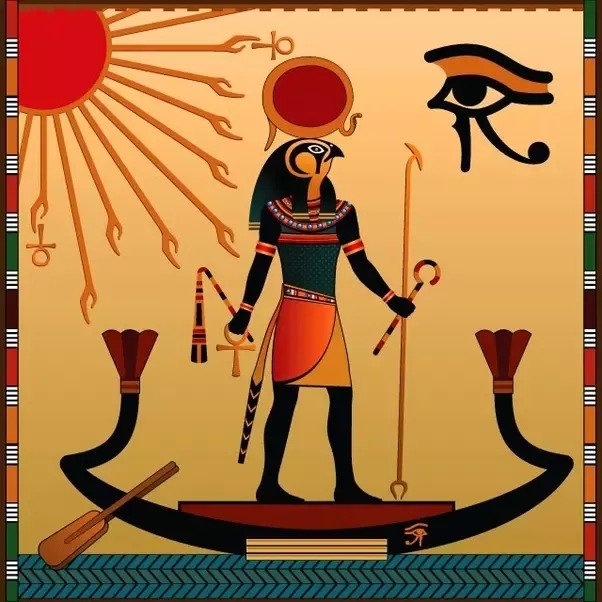
was the chief of the Egyptian gods. … Amun was the god who created the universe. Ra was the god of the sun and light, who traveled across the sky every day in a burning boat. The two gods were combined into one, Amun-Ra, in the time of the New Kingdom, between the 16th and 11th centuries BCE.
Anubis
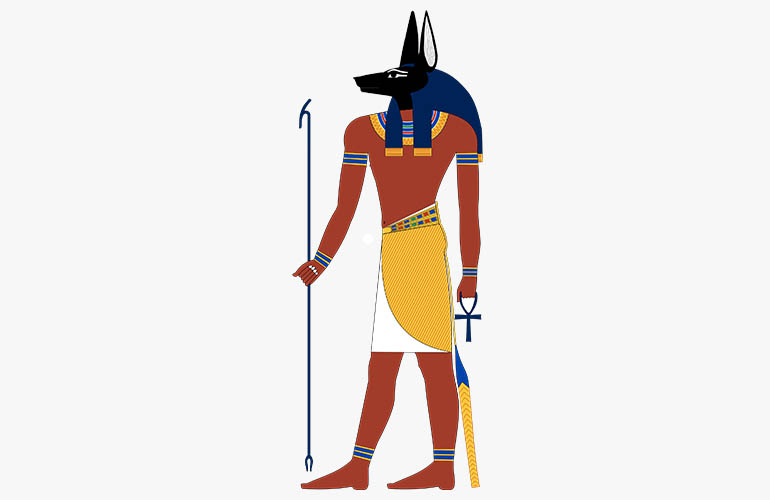
God of the underworld in the third millennium BC. e. Then he started watching over mummification process and the dead Egyptian souls. He was depicted as a man with a black jackal head. Anubis was worshiped especially in Kinopolis. His sacred animal was a jackal
Anuke ( Anuket)
A Goddess of the war. She was the original and one of the oldest deities of Egypt; sometimes pictured as consort of Anhur, god of war. Early depictions show her in battle dress with bow and arrow, but she was transformed into a Mother Goddess and nurturing figure. The Greeks associated her with Hestia.
Apis
a sacred animal, a holy bull. He was believed to be the earthly embodiment of the god of fertility. The bull kept his whole life in the temple of Memphis, and after his death was buried there. The God bull was mainly associated with Ptah and Osiris, worshiped mainly in Memphis
Apep (Apophis)
The celestial serpent attacked the sun barge of Ra every night as it made its way through the underworld toward the dawn. Gods and the justified dead would help Ra resist the serpent off. The ritual known as Overthrowing of Apophis was performed in temples to help the gods and departed souls protect the barge and ensure the coming of day.
Aton/Atun
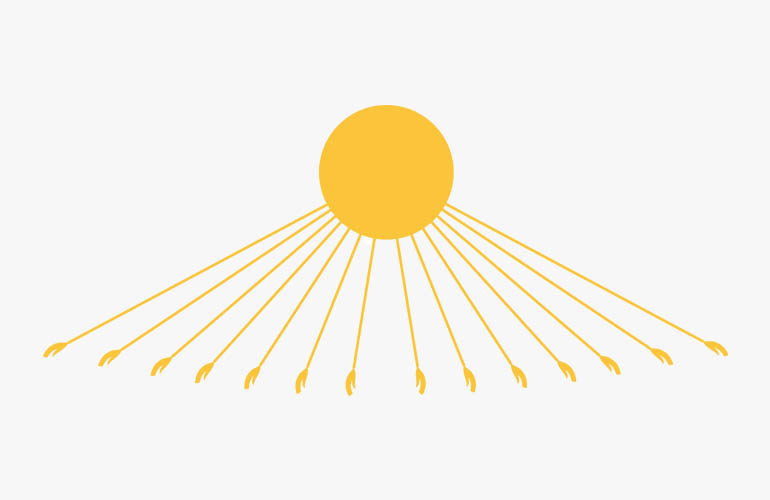
God whose cult appeared during the reign of Akhenaten. He was represented in the image of the sun. It was believed to represent the spirit of the deceased Pharaoh, Akhenaten’s father.
Atum
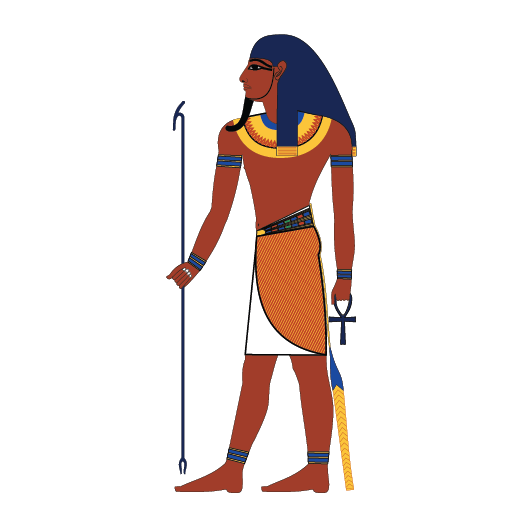
This God was especially worshiped in the city of Heliopolis. He personified the eternal unity of all things. It was believed to be the creator of the world. During the reign of the V dynasty, he came to symbolize the sun god. His sacred animal was the lion and the serpent
Ba
This deity was personifying human feelings and emotions. It was changeable. The character of ba can vary depending on the physical condition of the body. After his death, he was about to be dead-hearted and then fell into a lethargic sleep. This deity can be compared with the modern concept of “soul”.
Bastet
( Bast) goddess of fun and music, with time identification with many goddesses. It was personified as a black cat, or a woman with a head of the cat. Worshiped mainly in Bubastis, sacred animal – cat.
Benu ( Bennu)
An avian deity better known as the Bennu Bird, the divine bird of creation and inspiration for the Greek Phoenix. The Bennu Bird was strongly associated with Atum, Ra, and Osiris. It was present at the dawn of creation as an aspect of Atum (Ra) which flew over the primordial waters and woke creation with its cry. Afterwards, it determined what would and would not be included in creation. It was associated with Osiris through the imagery of rebirth as the bird was intricately connected to the sun which died each night and rose again the next morning.
Bes (Aha or Bisu)
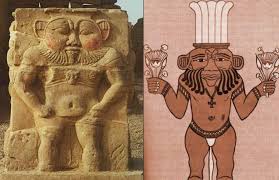
God of childbirth, fertility, sexuality, humor, and war, popularly known as the Dwarf god. He is one of the most popular gods in Egyptian history who protected women and children, protected from evil, and fought for divine order and justice. He is often represented as more of a spirit, than a deity but was worshipped as a god and featured on a number of everyday items in the homes of the Egyptians such as furniture, mirrors, and knife handles. His consort was Taweret, the hippopotamus goddess of childbirth and fertility. Bes is depicted as a bearded dwarf with large ears, prominent genitals, bow-legged, and shaking a rattle. He is always shown in a front-facing position of protection watching over his charges.
Field of Offerings
A region of the afterlife devoted to Osiris, located to the west. In some inscriptions it is synonymous with the Field of Reeds.
Field of Reeds ( Aaru)
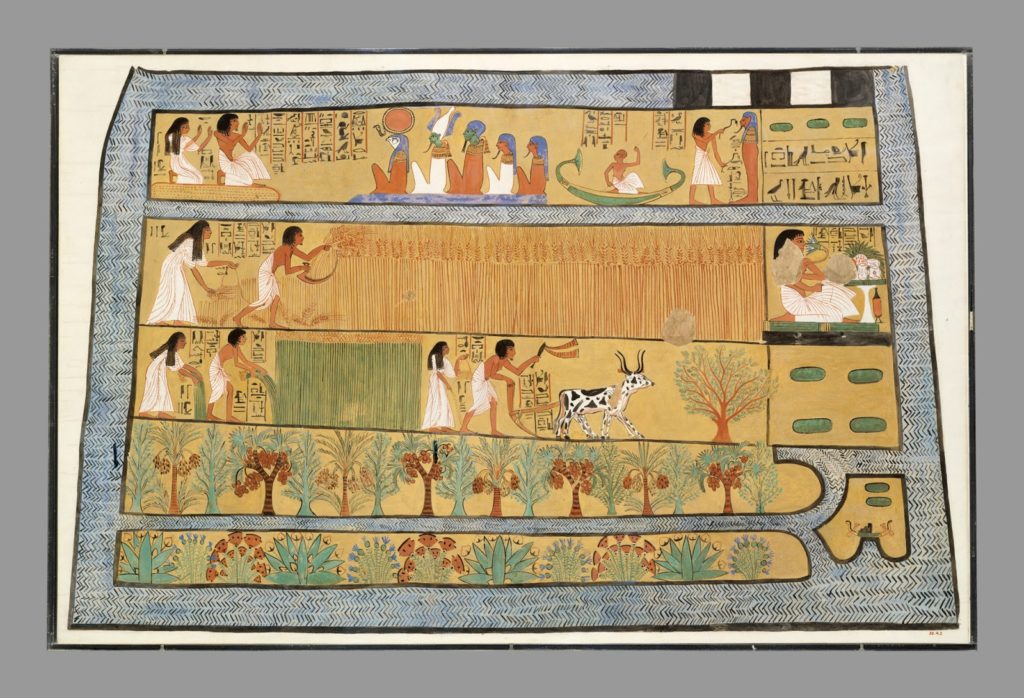
The Egyptian paradise in the afterlife which the soul was admitted to after passing successfully through judgment and being justified by Osiris. It was a direct reflection of one’s life on earth where one continued to enjoy everything as before but without sickness, disappointment, or the threat of death.
Forty-Two Judges
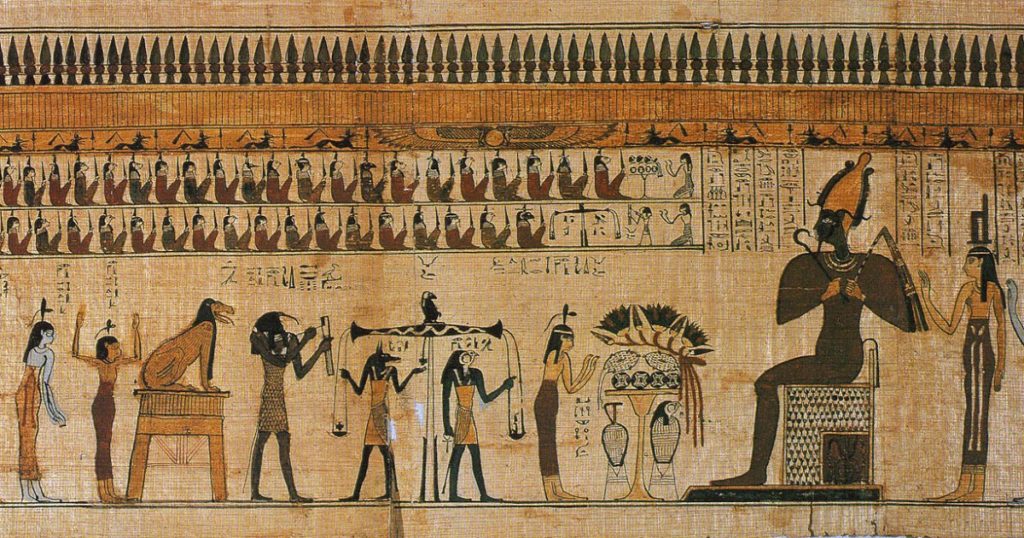
The Forty-two deities who oversaw with Osiris, Thoth, and Anubis over the judgment of the soul in the afterlife. Once the soul had made the Negative Confessions (Declaration of Innocence) the Forty-Two Judges advised Osiris on whether the confession should be accepted. They had names like Far-Strider, Fire-Embracer, Demolisher, Disturber, Owner of Faces, and Serpent Who Brings and Gives, among others.
Four Sons of Horus
Four deities, Duamutef, Hapy, Imset, and Qebehsenuef, who watched over the viscera or the dead in the four canopic jars placed in the tomb. Each had his own cardinal point to guard, his own internal organ to protect, and was watched over by a specific goddess.
Geb
the patron god of the earth. It has also been found to protect the dead. Myths about the Egyptian gods say that – the father of Seth, Osiris, Isis, and Nephthys. In the figures he is depicted as an old man with a beard.
Hapi
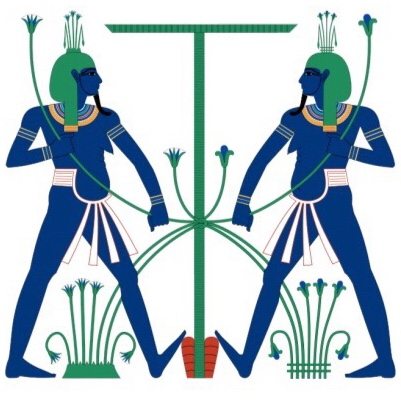
a god portrayed as a man with a complete ship in his hand from which water flows. He personified the flooding of the Nile. As a water god, Hapi was a deity of fertility. He was particularly associated with the annual flooding of the Nile and was thought to be control of the water during the floods. He was also known as ‘Lord of the Fishes and Birds of the Marshes’. He is depicted as a blue or green man with the false beard of the pharaoh on his chin and having large pendulous breasts and paunch.
Hathor
goddess of love, often equated with Isis. Often personified as a woman with the head of the cow, and round “Sistrum” musical instrument over her hear or presented as a cow with the same instrument. Worshiped as a cow in many places
Heka
One of the oldest and most important gods in ancient Egypt. He was the patron god of magic and medicine but was also the primordial source of power in the universe. He existed before the gods and was present in the act of creation. He is depicted as a man carrying a staff and knife, and physicians were known as Priests of Heka. Magic was an integral part of medical practice in ancient Egypt, and so Heka became an important deity for doctors. He was said to have killed two serpents and entwined them on a staff as a symbol of his power;
Fact* this image (borrowed from the Sumerians, actually) was passed on to the Greeks who associated it with their god Hermes and called it the caduceus. In the modern day, the caduceus is frequently confused with the Rod of Asclepius in iconography related to the medical profession.
Horus
god of heaven, considered the son of Re or Osiris, worshiped in the form of a falcon in many places
Isis
the local goddess of love and heaven, as well as the protector of royal power, magic, and witchcraft, identified with Hatior, Batstet and great Asian goddesses, including Babylonian Ishtar or Phoenician Ashtarte, and with Greek Demeter, worshiped mainly in the eastern Delta, Heliopolis, and Philae. She was the wife of Osiris and the mother of Horus. Celebrated as a mother.
Ka
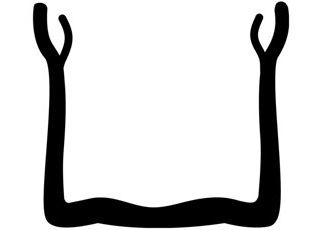
presents an image of a man. It is the spirit that accompanies him throughout his life and death. It was believed to get into everything related to man in all things and beings. Mythology portrayed him as up-raised arms, bent at the elbows.
Khepri
(also, Khepera, Kheper, Khepra, Chepri) is a scarab-faced god in ancient Egyptian religion who represents the rising or morning sun. By extension, he can also represent creation and the renewal of life.
Khnum (Khnemu)
Guardian god of the Nile. It has also been believed that he created a humankind out of clay, on the potter wheel. It is portrayed with a ram’s head. Especially appreciated in Esna.
Khonsu
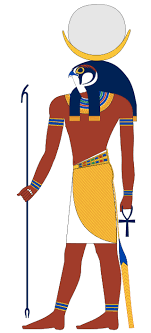
moon god, son of Amun and Mut, worshiped mainly in Thebes
Ma’at
Goddess of truth, justice, and harmony, one of the most important deities in the Egyptian pantheon. Ma’at embodied the principle of ma’at (harmony) which was central to the culture of ancient Egypt. Ma’at walked with one through life, was present in the form of the Feather of Truth at the soul’s judgment after death and continued as a presence in the paradise of the Field of Reeds. She is depicted as a woman wearing a crown with an ostrich feather. The word means “that which is straight” and the concept of harmony infused every aspect of an Egyptian’s life. There is a time for every action and aspect of existence within ma’at, but all must be recognized and acted upon at appropriate times.
Min

a god, especially worshiped in Coptos. He patronizes breeding and ensures a rich harvest. Ming also helped caravans along the way. Always portrayed with biological ability to have more children ( if you know what I mean ;))
Montu
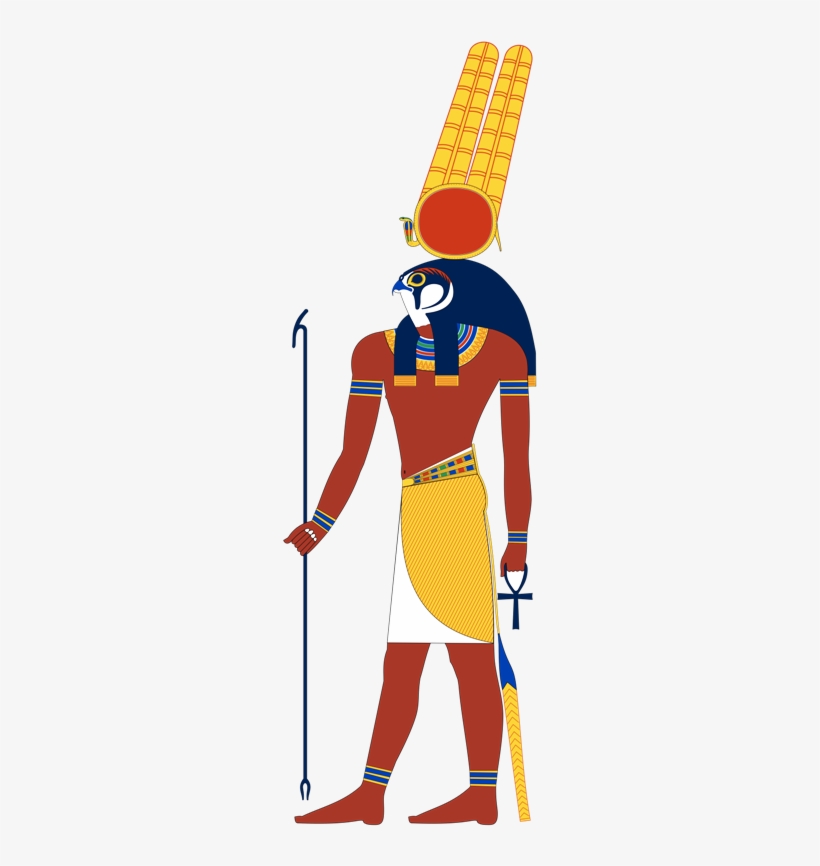
a god depicted with the head of a falcon. He is especially venerated in the cities of Thebes and Germont. Montu contributed to the victory of the pharaoh in the wars.
Neith
the local goddess of war, ruler of the sea, worshiped mainly in Sais
Nu (Nun) and Naunet
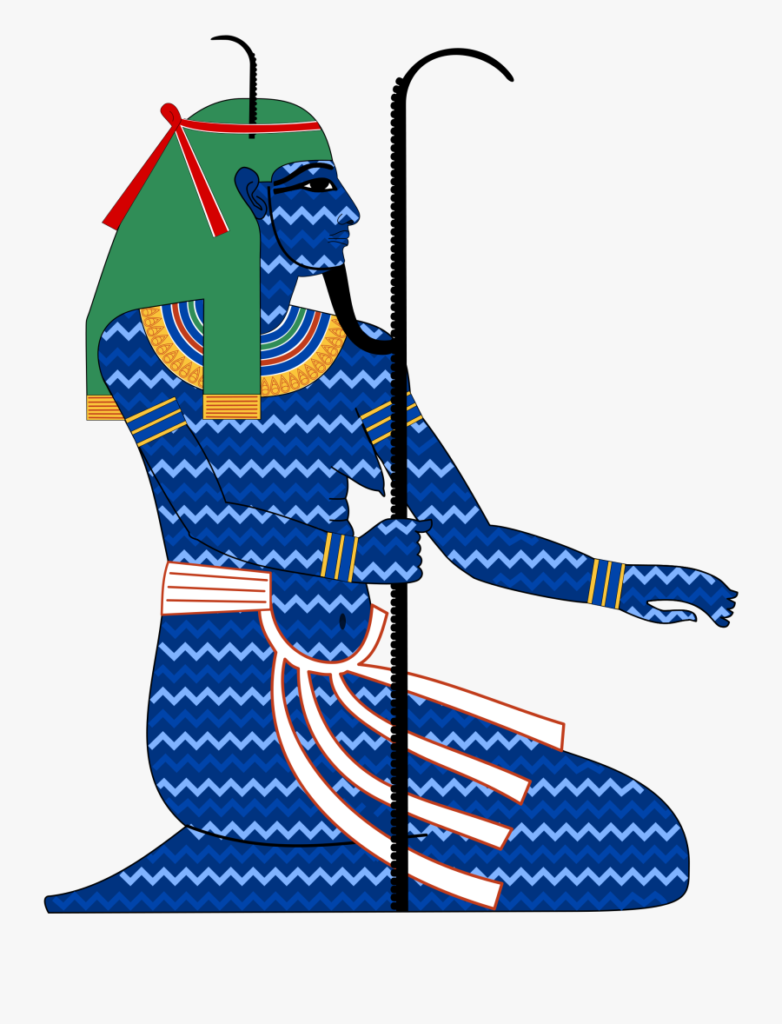
Nu was the personification of the primordial chaos from which the world arose. Naunet is his female aspect and consort. Nu is commonly considered as “Father of the Gods” while Naunet is only present in grouping of eight primordial gods ( ogdoad), four males matching four females, who represent the original elements of creation. In some later myths, the goddess Neith is associated with Nu.
Osiris
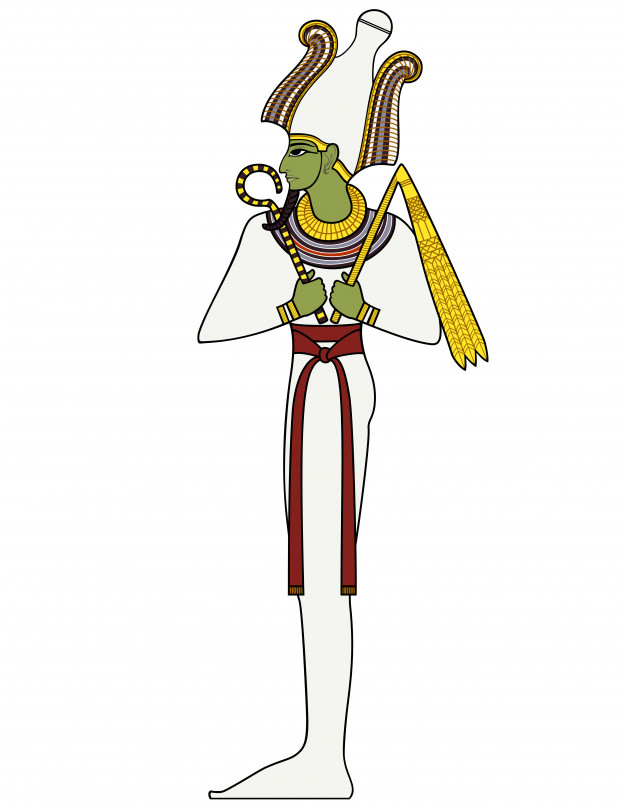
god and ruler of the underworld ; a dying and resurrecting god, deciding about life and vegetation, the supreme judge of the dead, worshiped mainly in Abydos, Busiris and Philae. The center of his worship was in the city of Abydos.
Renenutet
(Renenet or Ernutet) Her name means “Snake Who Nourishes” and she was goddess of nursing and rearing children. In time, she became strongly associated with Meskhenet, goddess of childbirth and destiny, and even superseded her to determine the length of a person’s life and significant events which would befall them.
Ptah
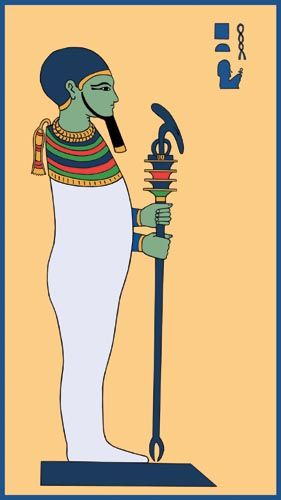
Ptah the god who gave names to all things and created other gods . Creator of the world, patron of crafts and arts, worshiped in Memphis, the sacred animal associated with him is the bull Apis.
Ra
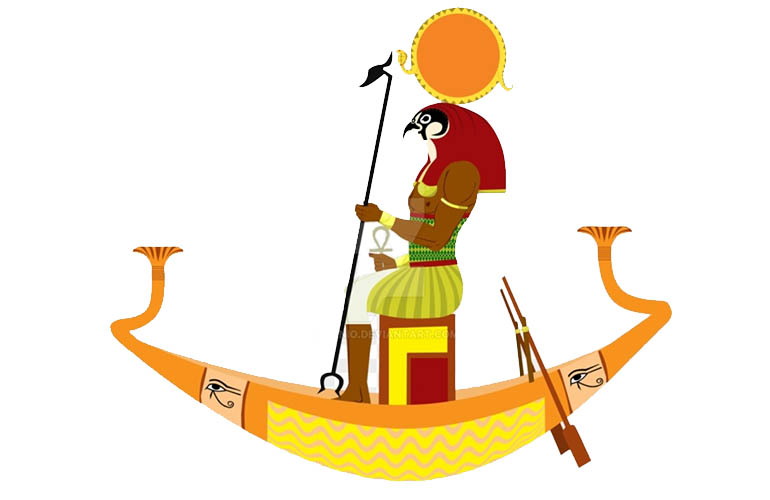
the supreme sun god. He was believed to be the father of all pharaohs. His cult was in the city of Heliopolis.
Sobek
the host of the god of water and a source of fertility. He is depicted as a human with the head of a crocodile, or a green crocodile in full. He was especially venerated in the oasis of Fayoum.
Seth
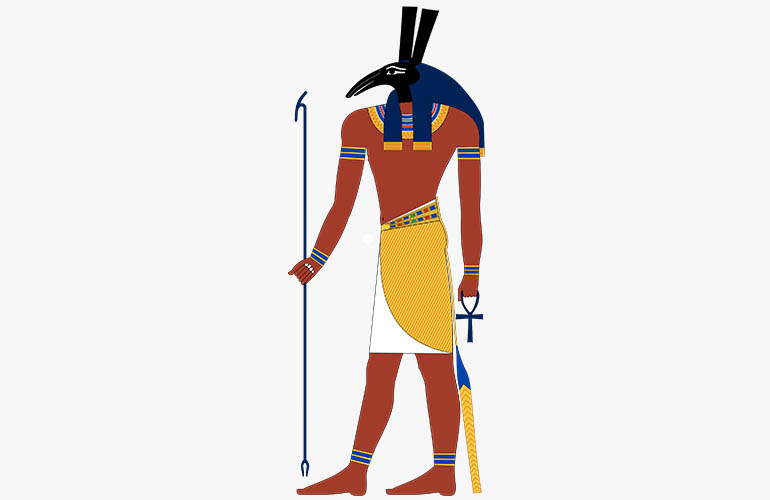
the patron god of storms and the desert, protector of the god Ra. He has also been found to be the personification of evil. He was a brother of Osiris, and the one who murdered him, out of jealousy. worshiped in Ombos
Shesmetet
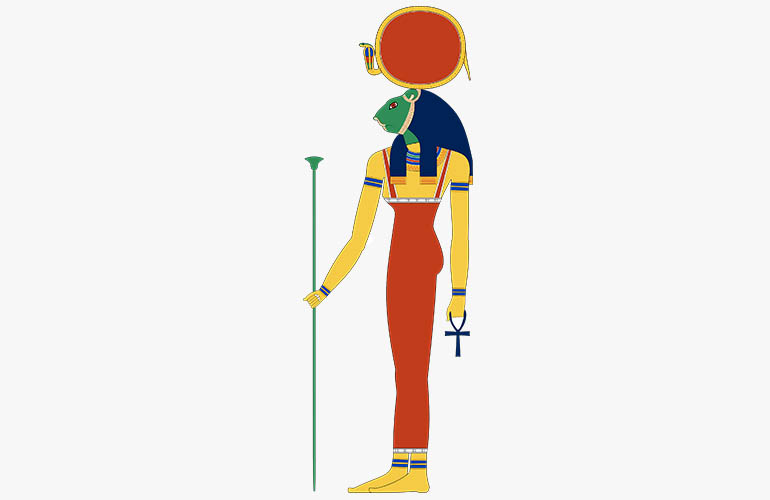
A defending leonine goddess known as “Lady of Punt”. Very likely an important goddess brought to Egypt through trade with Punt. She is generally interpreted as an aspect of Bastet or Sekhmet but, it is quite possible that she was a much older deity whose attributes were absorbed by later leonine goddesses.
Shu
god of air. In addition, he was worshiped as the patron of the southern sun. He was the brother and husband of the goddess Tefnut.
Toth
god of writing, wisdom, and science; god of moon and magic; messenger of the gods, identified with Hermes by the Greeks, worshiped mainly in Hermopolis, the sacred animal baboon and ibis. The pictures show him with the ibis’ head. It was believed that he invented the alphabet and the calendar. It is especially revered in the city of Hermopolis.
Taweret
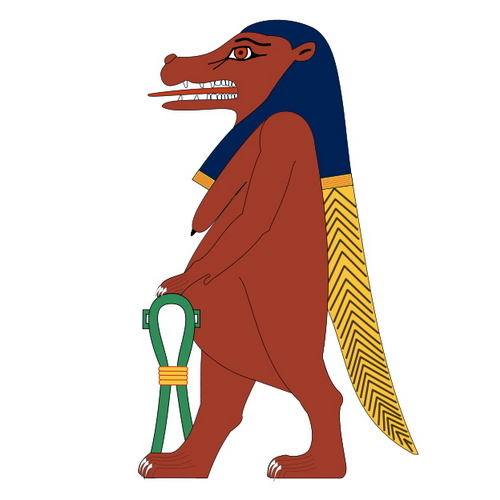
(Taueret, Taurt, Toeris, Ipy, Ipet, Apet, Opet, Reret)
The Great Female – was the ancient Egyptian goddess of maternity and childbirth, protector of women and children. Like Bes, she was both a fierce demonic fighter as well as a popular deity who guarded the mother and her newborn child.
Yah (Iah)
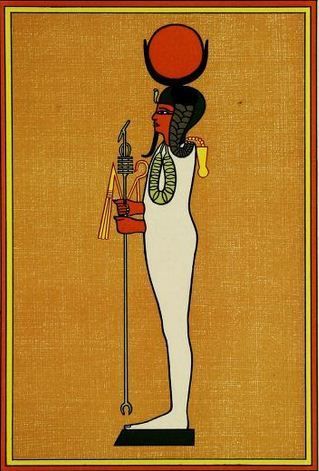
the patron god of the moon (crescent moon) and the personification of the two moon deities Thoth and Khonsu. He was usually depicted as a man with the head of a falcon. His symbols were variously the ibis, falcon, and new moon. . Especially appreciated in Hermopolis.
Afterlife:
Belief in the afterlife played an especially important role in the lives of the ancient Egyptians. Death was not the final end, but only a transition to another life in the world of the dead. According to the Egyptians, the spiritual element of each man was consisted of three elements: spirit – “ka”, soul – “ba” and personality, i.e., light, understood as an individual divine element, present in every human nature .. The spiritual elements of the deceased were in the body keeping shelter. That is why so much importance was attached to keeping the body intact after death and equipping it with the necessary items needed for life. Mummification, known in Egypt, was not as common and accessible to everyone, as you could think.. Only the richest could afford it. Those who could not afford to build a tomb and costly embalming services were not deprived of the prospect of being happy in the next life. The corpse could be mummified by exposing it to the hot sand of the desert, which obviously gave worse results than professional mummification, but prolonged the existence of the body, without which, according to the belief, it was impossible to go into the afterlife. It was also enough to paint a porter of the deceased on the tomb and sign it so that the soul would have the support necessary for its duration.
Mummification:
Mummification involved embalming the body and wrapping it in several layers of cloth and bandages. Internal organs, incl. the heart and liver were removed from the body of the deceased and placed in special canopic urns. They were generally small vessels and vases made of gold. Only the body prepared in this way was placed in special sarcophagi inside the tomb, into which all vessels, tools and other equipment that could be useful to the deceased in the future life were also placed. Poor people were usually buried in ordinary land. Only after the body of the deceased was properly placed in the sarcophagus, the spiritual element of the deceased could only go on its way to the underworld.
Passing to underworld:
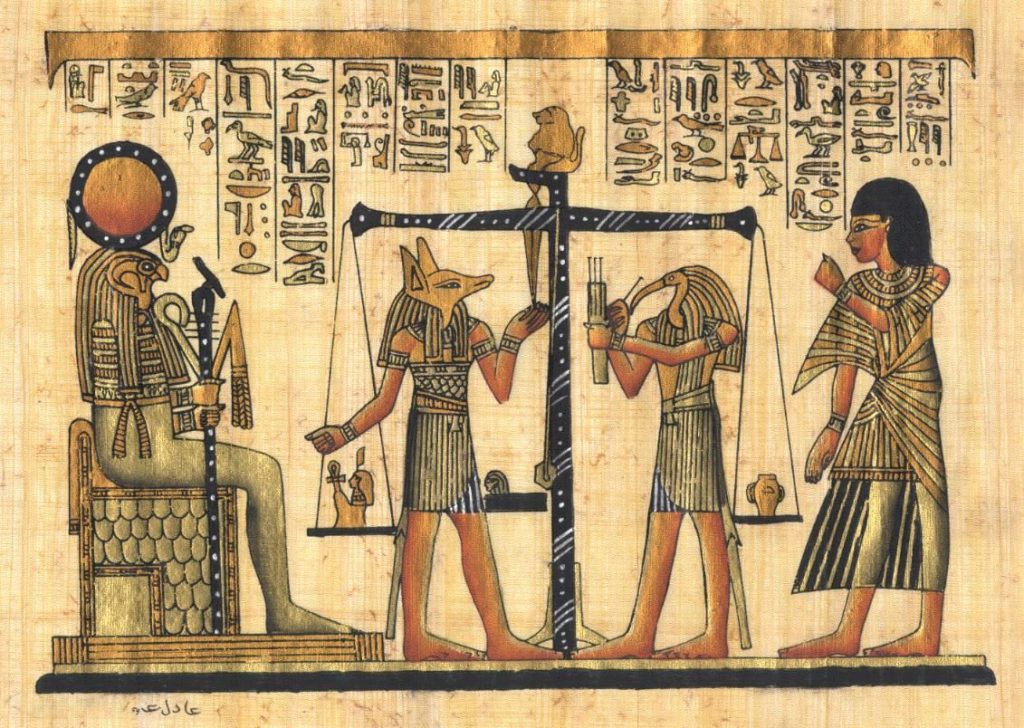
A particularly important part of journey to the afterlife was the final judgment, which was to decide his fate. Osiris was at the head of the final judgment, which consisted of a special tribunal of forty-two gods. The whole ceremony was as follows: first there was confession, after which the god Anubis weighed the heart of the deceased. On the other scale, he placed a feather – a symbol of the goddess of eternal truth. If there was a balance, it meant a happy ending for the deceased. These results were announced in turn by the god Toth. If the deceased passed this “test” successfully, he would go from the judgment place to to the fertile fields of Aaru, where he devoted himself to his favorite activities. If the result of the “test” was negative, then depending on the scale of his sins, he was either sentenced to eternal suffering or immediately torn apart by the Ammit monster.
The works that most fully represented all the knowledge of the afterlife of Egypt at that time, which contained clues for the dead, were “The Book of the Pyramids” and “The Book of the Dead”.
Religious images:
A characteristic feature of Egyptian religious images was the depiction of the figures of deities in the form of animals or people, but with animal heads. At that time, there was a strong belief that a deity could reveal himself in an animal, because in it there is what is generally admirable: strength, power, aggressiveness on the one hand and beauty, fertility on the other hand. In later times, the gods came to be imagined as being human. In view of this new attitude, the image of the deity as a human and an animal was most often connected. Therefore, the human body was added to the head of an animal. There is also a new ideology that all deities are simply different names for the same god.
The exercise of worship:
The Egyptians held the view that one should seek the grace of the gods, because they decide about everything that happens here on earth, about every activity, even the least important from the point of view of the state. Therefore, they turned to the gods with offerings and gifts, prayed, and held loud processions and feasts. Most often, this cult focused on statues of deities in which, according to the faith, gods were present. The needs of the gods were remarkably similar to the needs of people: they had to be provided with a house (construction of temples), food and drink (all kinds of gifts), clothes, and also please them (singing and dancing in front of the temple). Organizing worship and building temples was one of the most important activities of every pharaoh. He was helped by specially trained people – priests. In the early days of the Egyptian state, cult activities were the responsibility of officials. The priests who came later assumed their powers and each of them served a specific god and was associated with a specific temple. All priests had to follow ritual rules. For example, they had to be circumcised, which the Jews later took over, and they also shaved their beards and eyebrows. They wore only linen robes. To be able to reliably perform their duties, they had to know the scriptures well, the texts of all prayers and rituals, and the myths about their deities by heart. The cult was not cheap. So that the priests could worthily worship the deity, they received land, grain, slaves, and other expensive items from Pharaoh. Thanks to these gifts, as well as the entrepreneurship of individual priests, they gained enormous wealth, and thus a strong position in the state. They even began to decide on the internal and external policies of the state. The priests were also highly educated people, they dealt with science and ran schools.
Dwellings of the gods:
The temples were the homes of the gods. Although each of them created a completely new masterpiece, some common elements should be considered. It was primarily a characteristic road leading from the Nile to the main gate of the temples, topped with huge pylons and surrounded by porticoes, the main courtyard, which preceded the columned rooms, from which you only entered the chapel-sanctuary. One of the greatest examples of sacred architecture is the monumental temple complex in Theban Karnak and Luxor, connected by the famous avenue of sphinxes
Various kinds of offerings were brought to the temples for the gods. These include: flowers, fruit, as well as bread and animals. This was done to win the favor of the gods, according to the faith of the time. Inside was a statue of a deity who, according to the Egyptians, lived a human life.
Royal palaces were less powerful than temples. They were characterized by a kind of lightness. They were usually surrounded by beautiful gardens and orchards, and the whole area was closed by huge walls. Palaces were usually built near temples. An example of this is the palace of Ramses II in Medinet Habu. The walls and columns of the palace halls were covered with frescoes depicting scenes from every day or religious life.
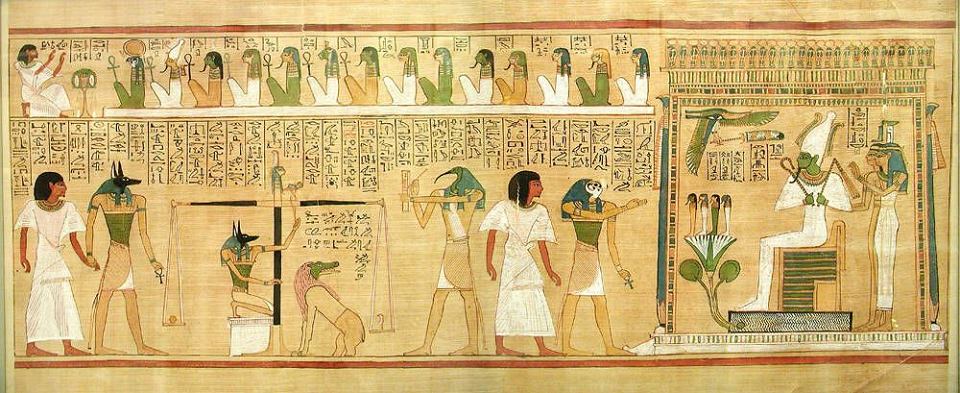
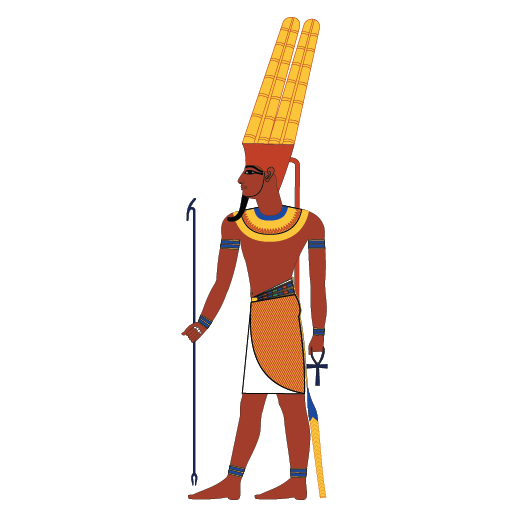
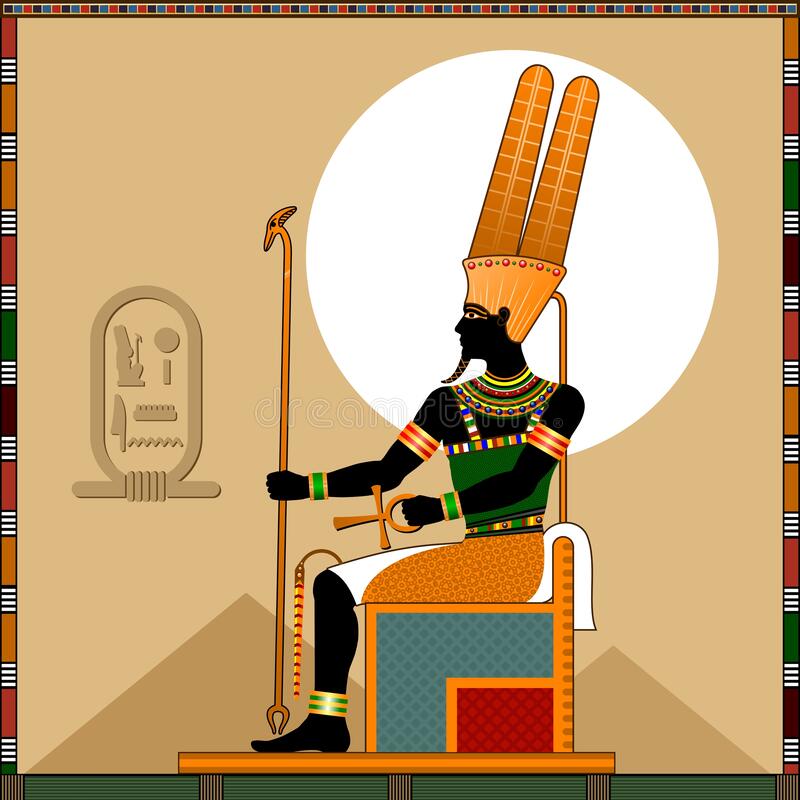
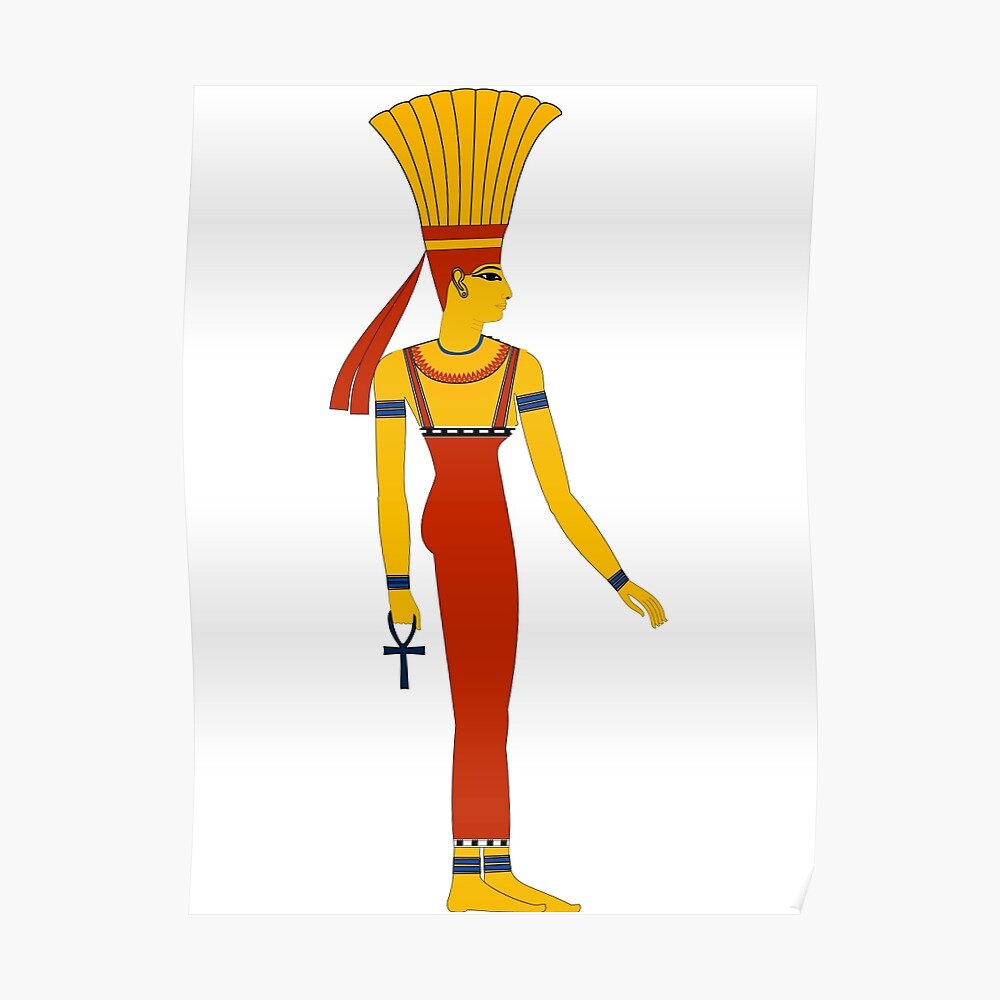
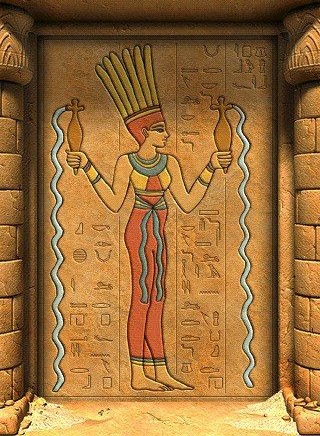
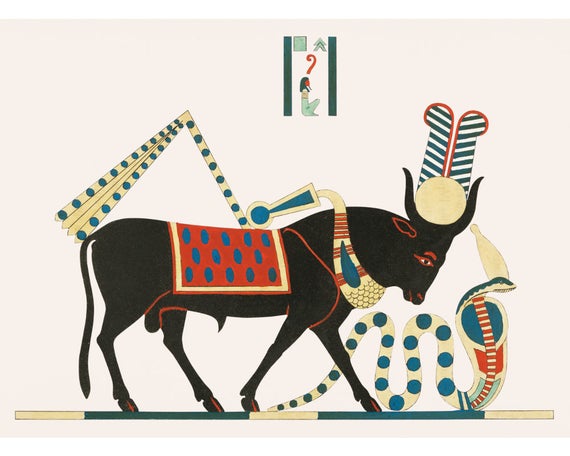
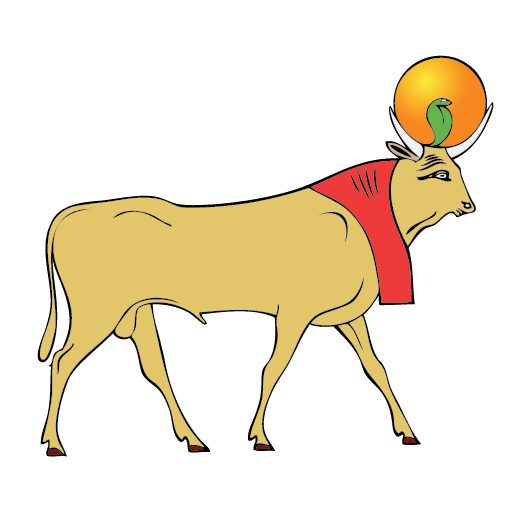
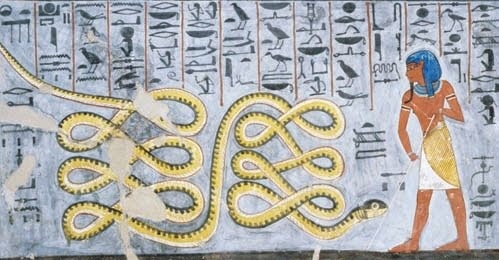
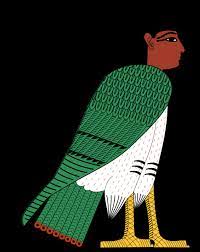
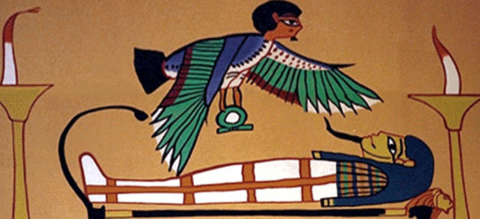
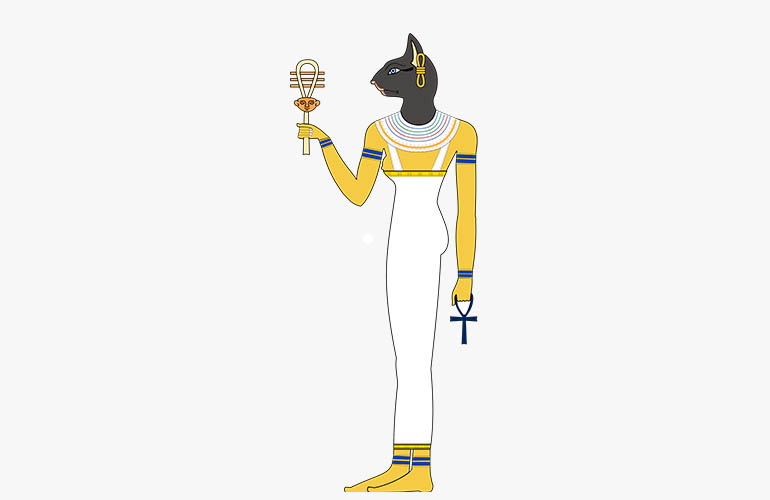
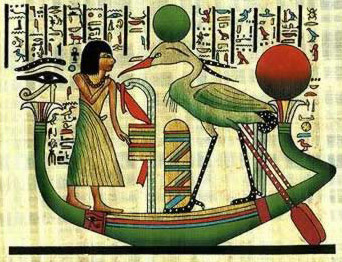
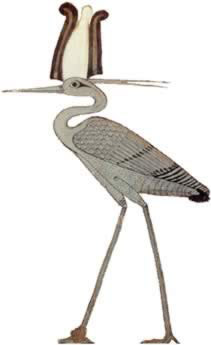
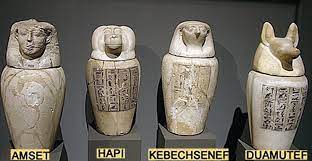
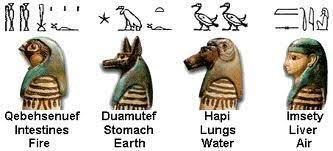
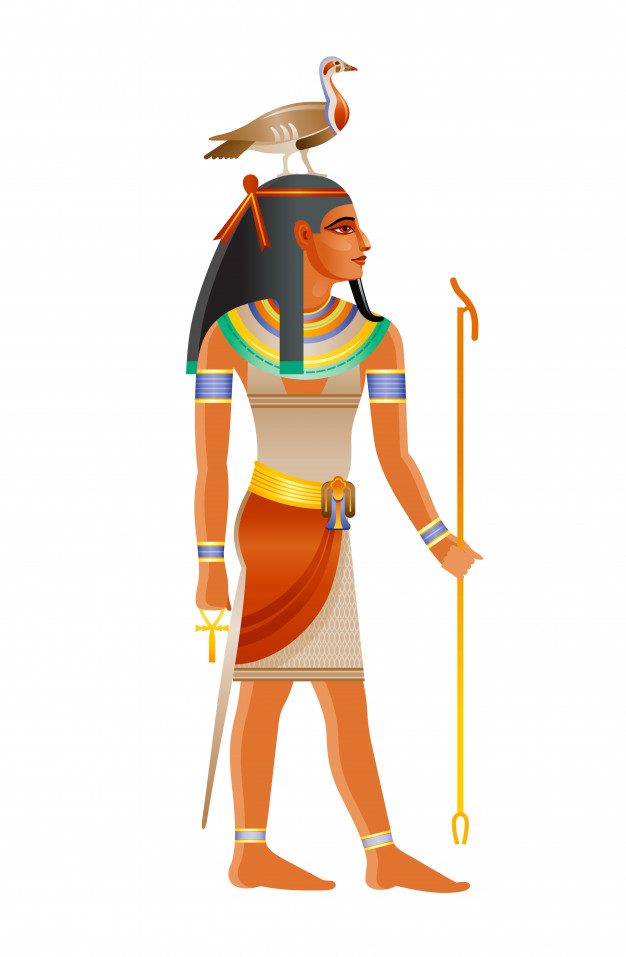
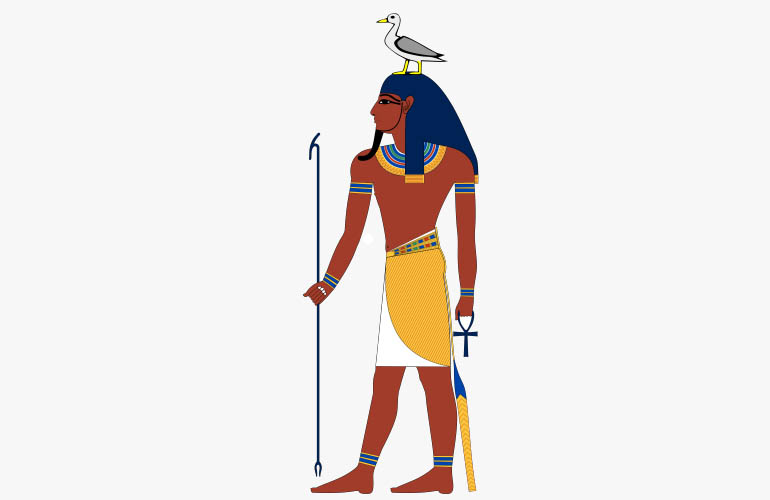
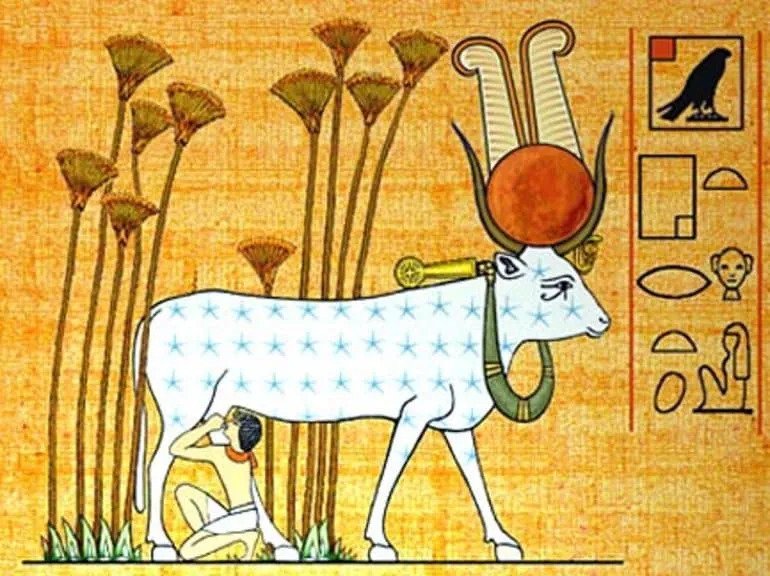
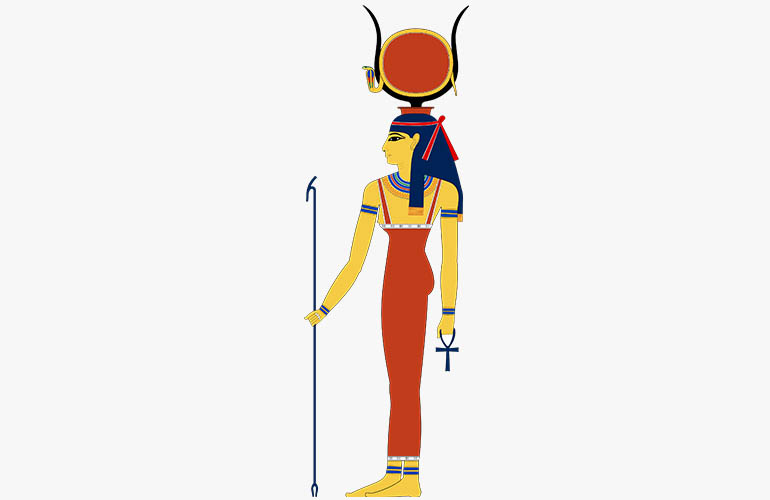
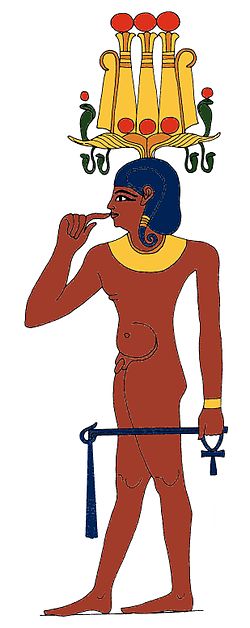
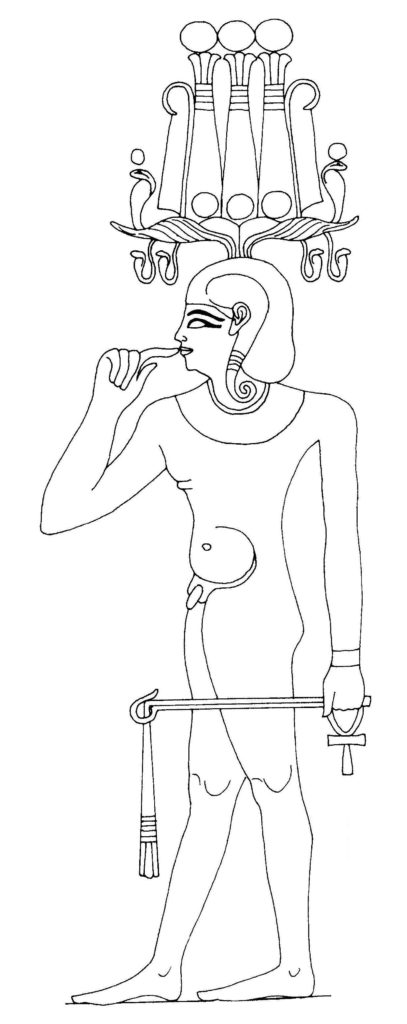
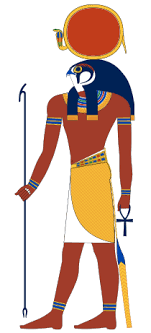
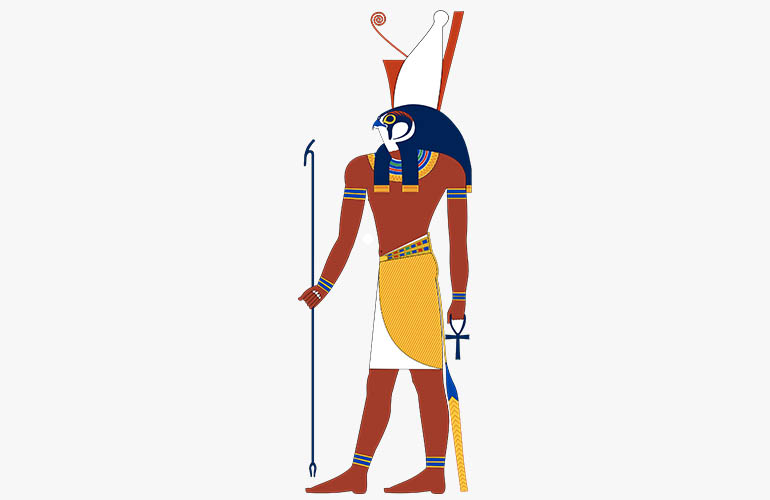

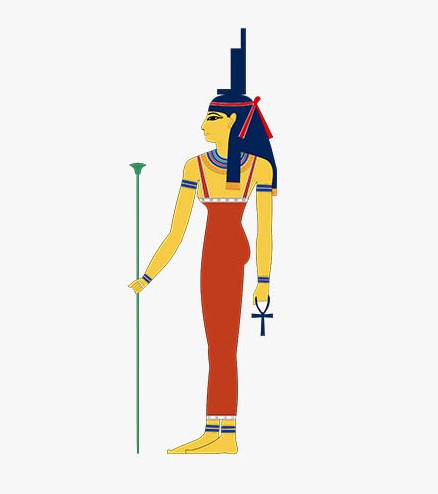
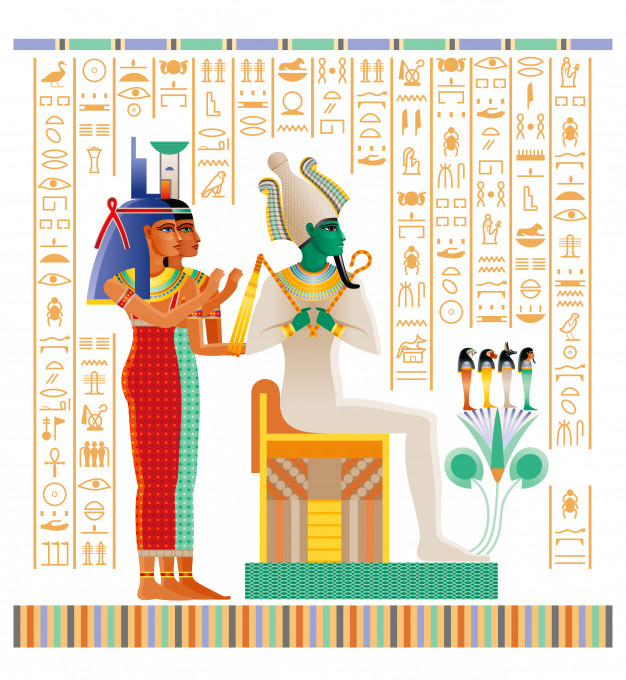
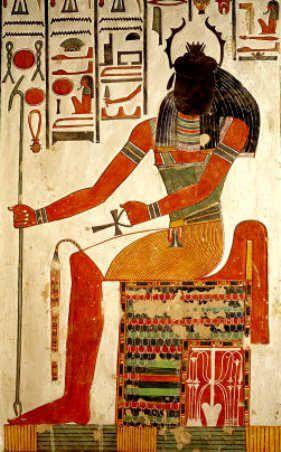
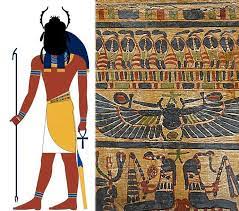
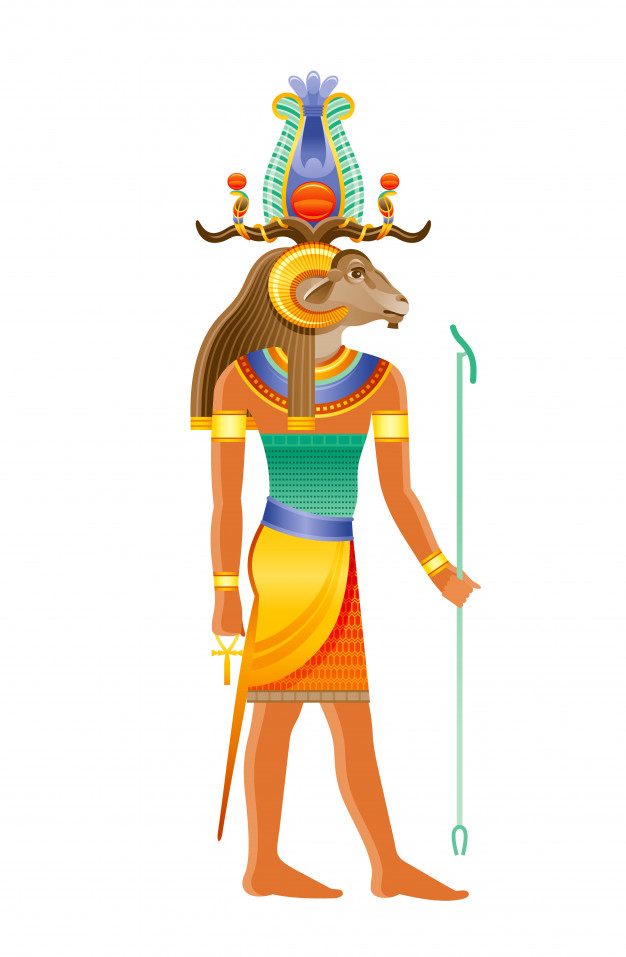
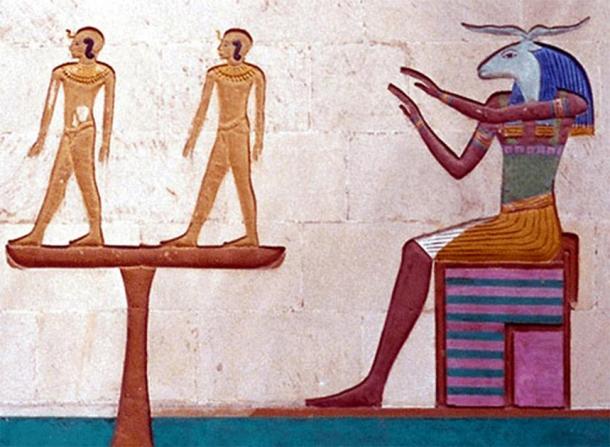
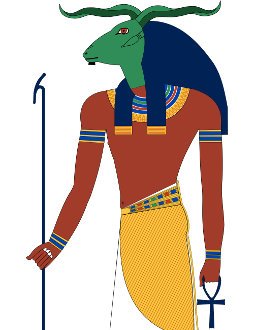
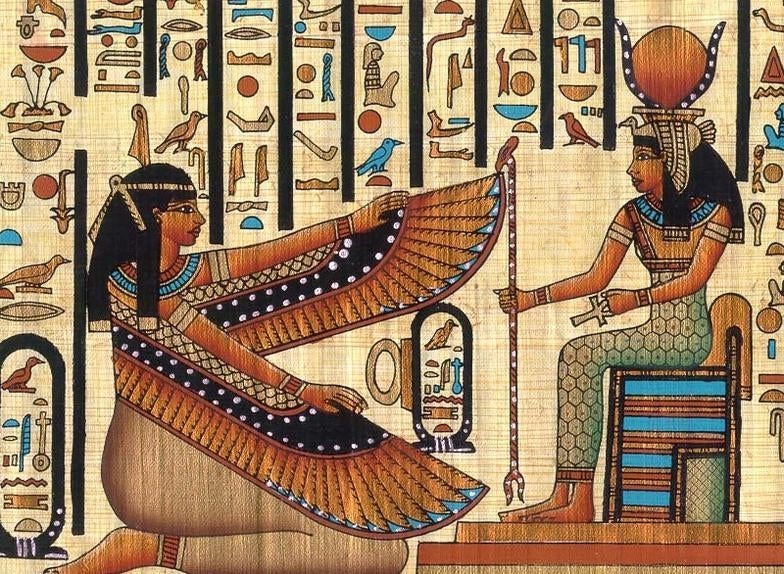
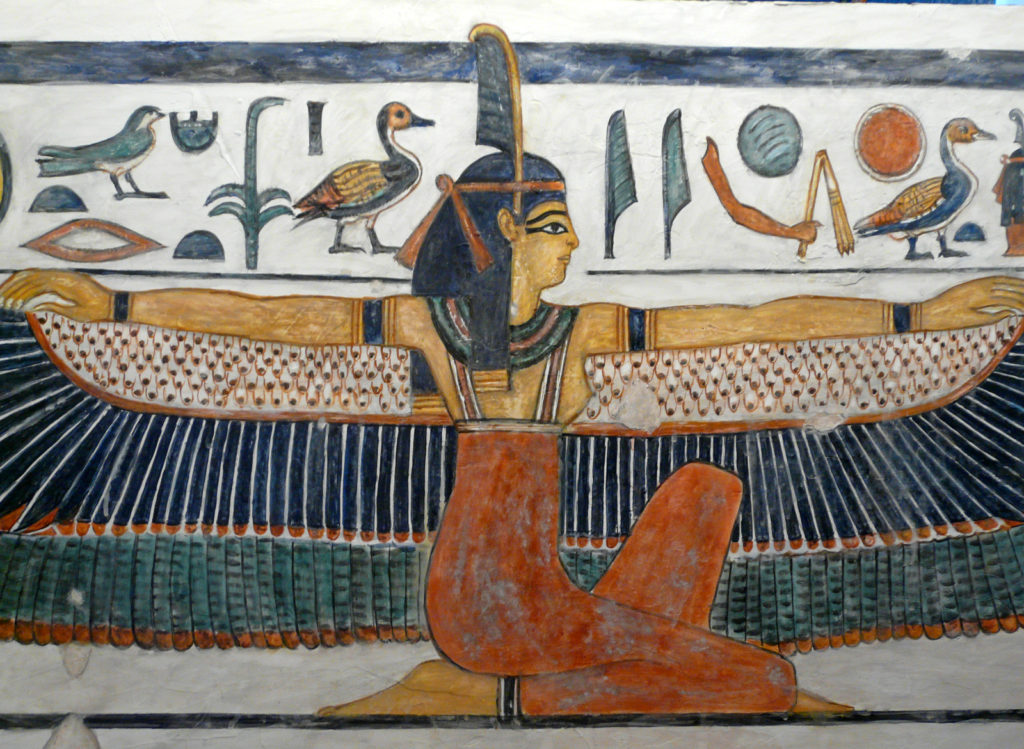
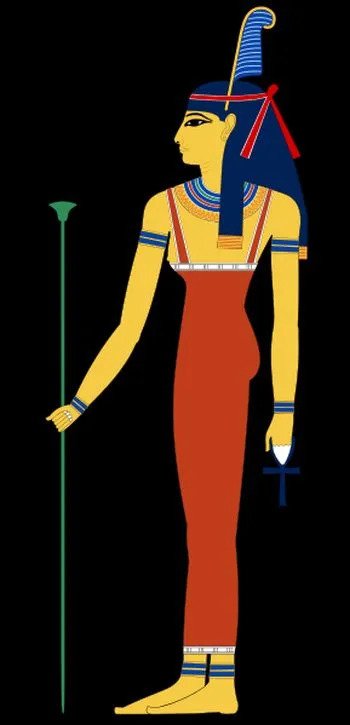
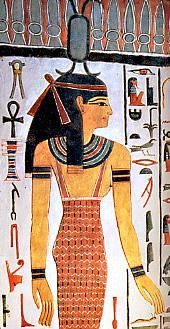
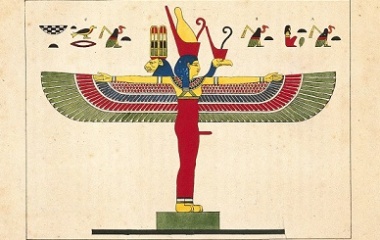
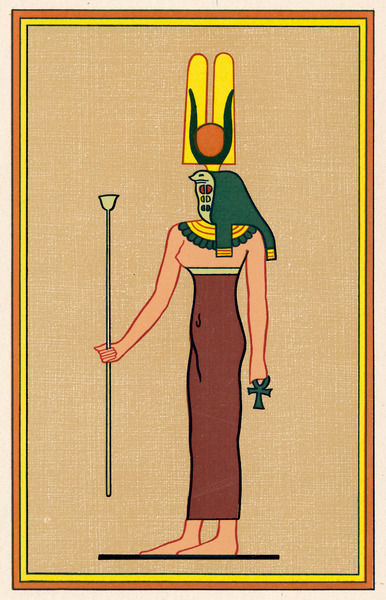
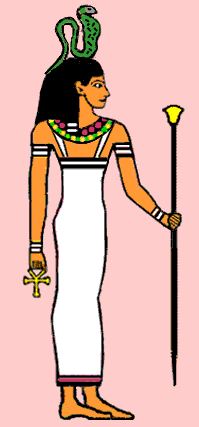
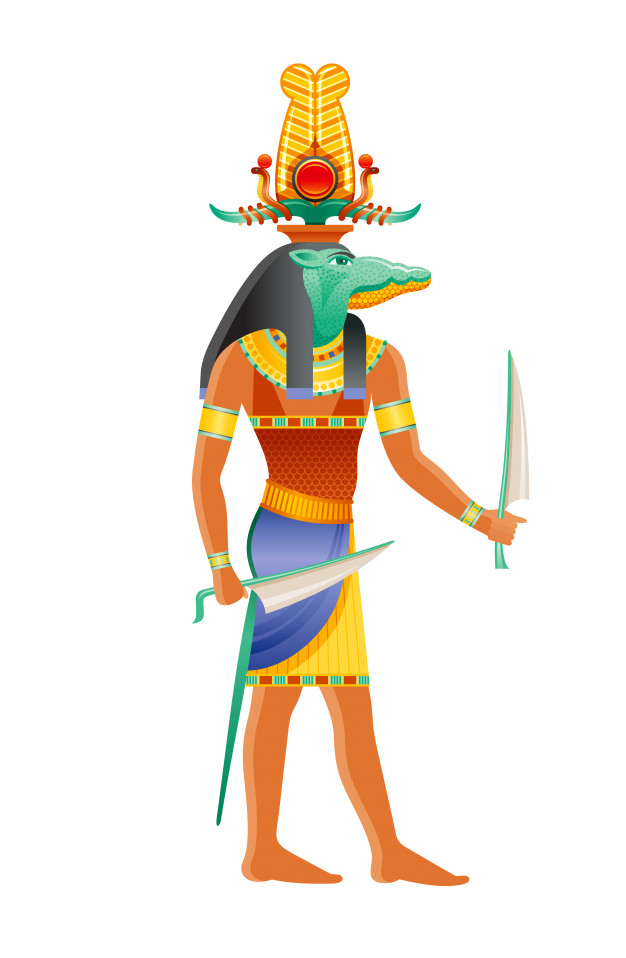
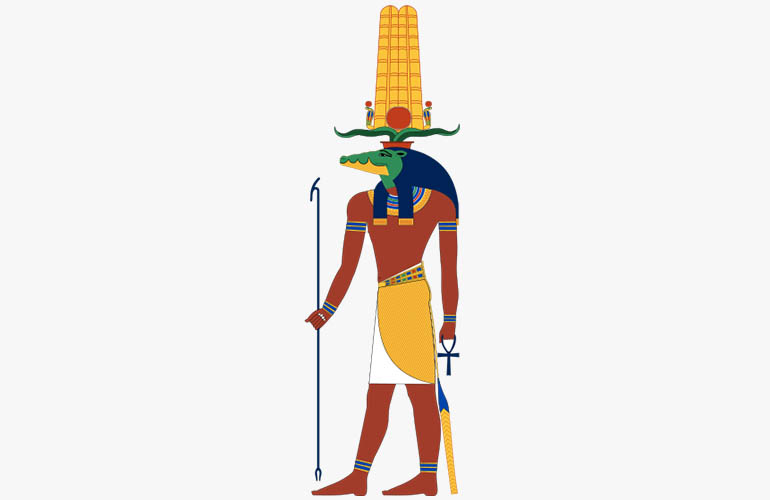
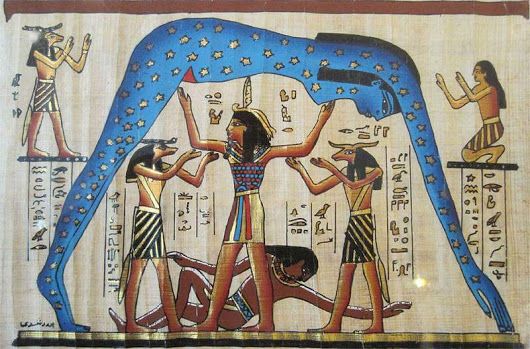
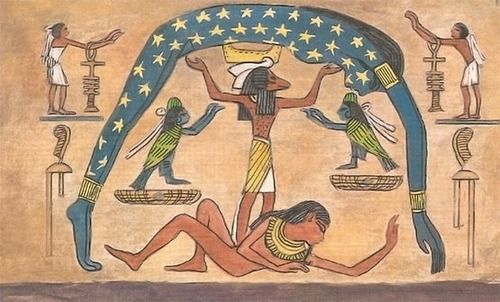
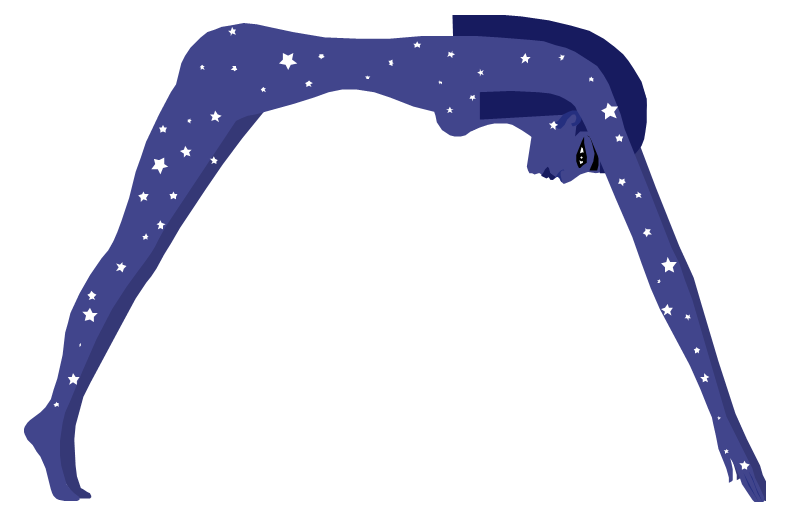
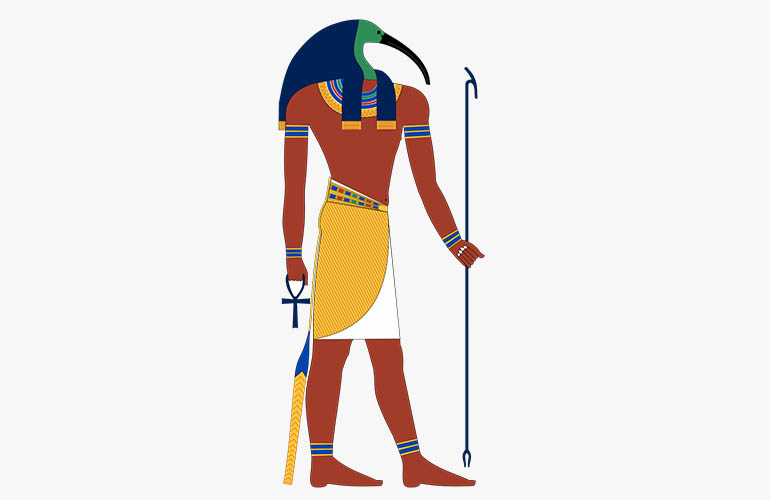
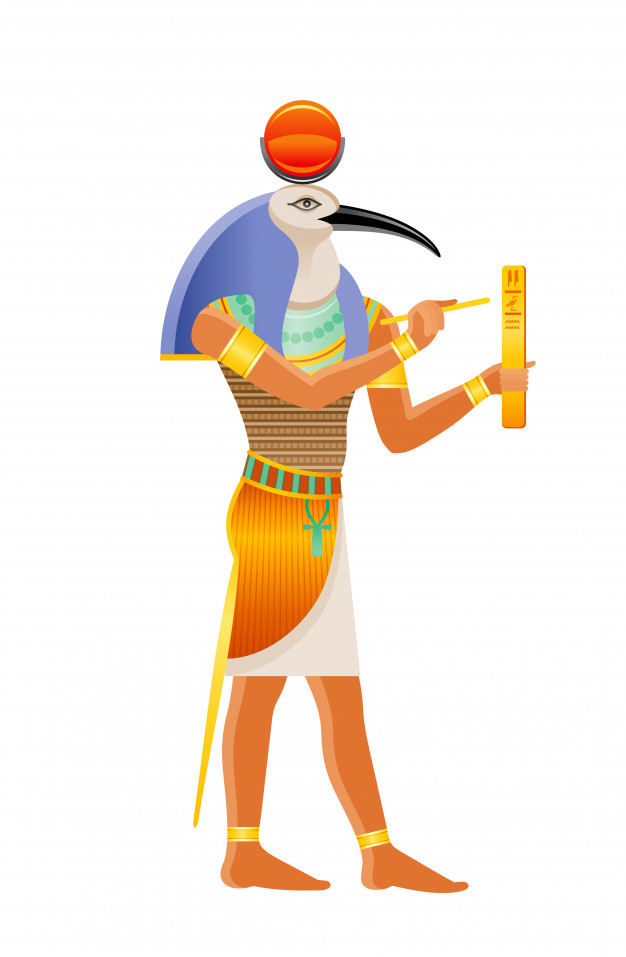
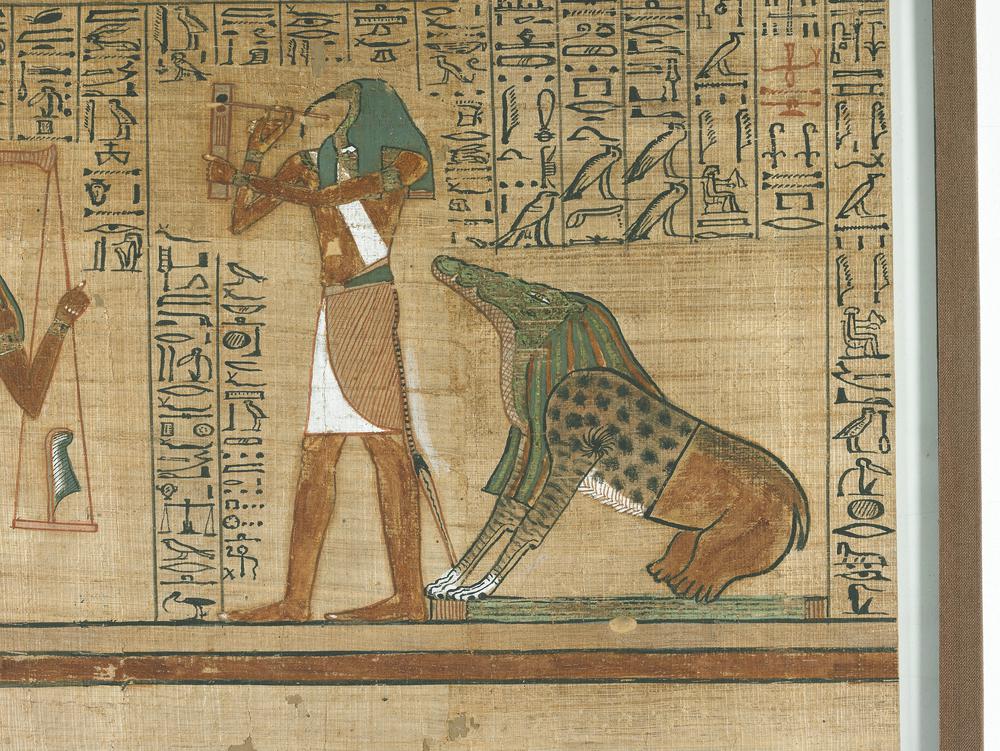
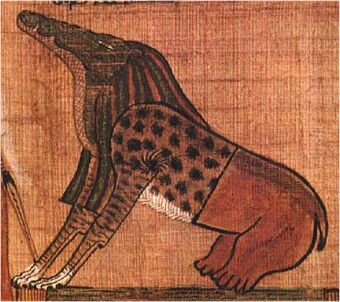

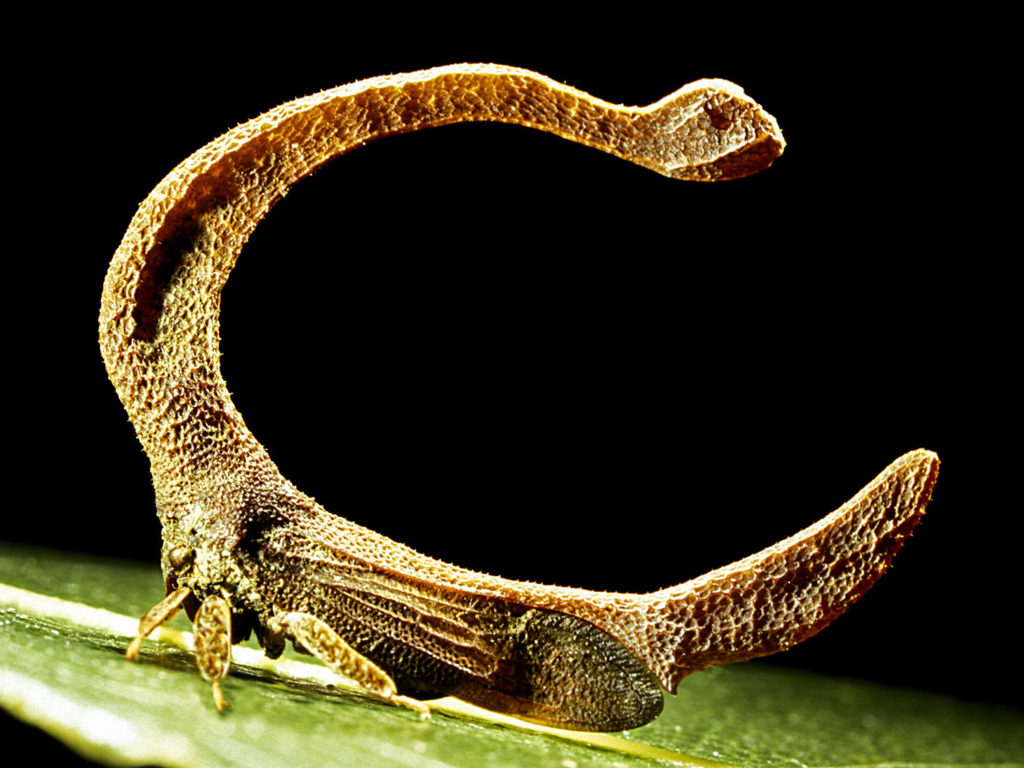

You should be a part of a contest for one of the most useful blogs on the web. I will recommend this website!